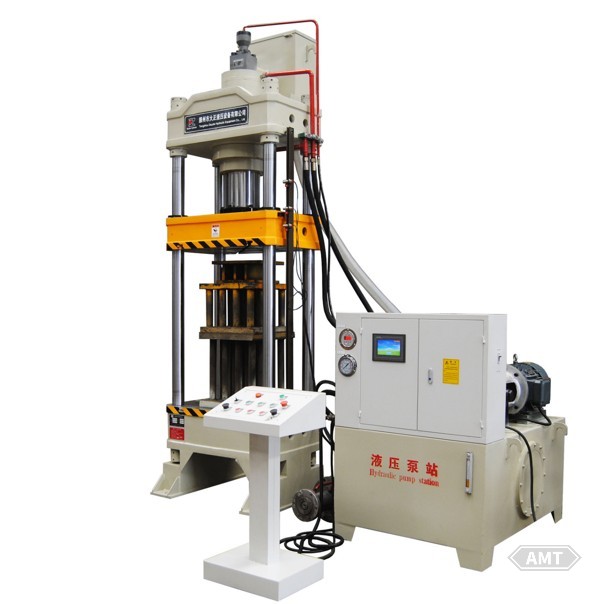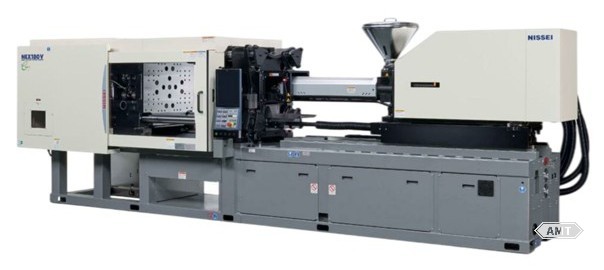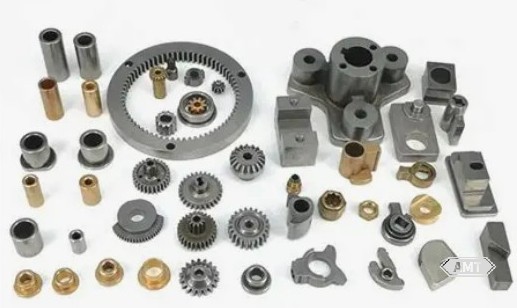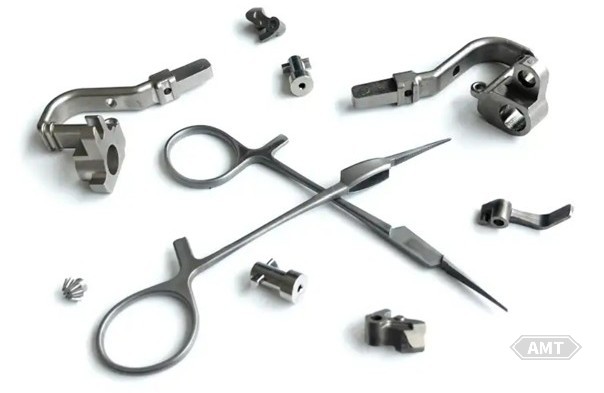Date:2025-07-22 Views:1016
For both Powder Metallurgy (PM) and Metal Injection Molding (MIM) parts, density is a critical performance indicator, representing the compactness of solid particles within the material. The achieved density depends on multiple factors, including the particle size, shape of the metal powder in the feedstock, binder selection, and sintering process. Density also significantly influences the mechanical properties of the final part.
Stress concentration can lead to crack initiation and propagation.
Higher density indicates fewer pores, resulting in lower stress concentration and enhanced resistance to deformation and fracture.
Affected Properties: Strength (Tensile Strength, Yield Strength), Fatigue Strength, Toughness, Ductility.
High density signifies more developed sintering necks and stronger, more continuous bonding between metal particles.
This facilitates load transfer and distribution within the material, reducing premature failure caused by poor interfacial bonding.
Affected Properties: Strength, Modulus (Elastic Modulus), Thermal/Electrical Conductivity (indirectly affecting stability under thermal conditions).
Pores, especially interconnected open pores, can act as pathways for environmental agents (e.g., moisture, corrosive substances), accelerating corrosion.
Residual impurities or incompletely removed pyrolytic carbon from the binder within pores can increase material brittleness.
Affected Properties: Toughness, Ductility, Corrosion Resistance (further degrading mechanical properties).
Fundamentally, PM relies on mechanical compaction, while MIM utilizes binder-enabled flow molding.


Feature | PM (Powder Metallurgy) | MIM (Metal Injection Molding) |
Core Principle | Compaction + Sintering: Powder is filled into a die, mechanically pressed into a green part, then sintered. | Injection Molding + Sintering: Powder is mixed with binder to form feedstock, injection molded, debinded to remove binder, then sintered. |
Raw Material | Metal powder (dry or with minimal lubricant). | Metal powder + Binder (forming feedstock). |
Shaping Method | Uniaxial/Biaxial Mechanical Pressing: High pressure (typically hundreds of MPa), limited by powder flowability. | Screw Injection Molding: Relatively lower pressure (tens of MPa), utilizes binder fluidity to fill complex cavities. |
Sintering Sequence | Direct sintering after pressing. | Pressed part (green part) must undergo debinding to become a brown part before sintering. |
Achievable Part Complexity | Low - Medium: | Very High: |
Part Surface Roughness (Ra) | Moderate: Typically 3.2 - 12.5 μm. Influenced by die surface finish and powder particle size. | Excellent: Typically 0.4 - 1.6 μm. Benefiting from high-gloss molds and fine powder. |
Part Dimensional Accuracy | Moderate: Typically ±0.05 - ±0.1 mm or 0.3-0.5% of nominal dimension. Affected by pressing uniformity, die wear, sintering shrinkage. | High: Typically ±0.03 - ±0.05 mm or 0.1-0.3% of nominal dimension. Shrinkage is larger but isotropic and predictable, leading to more stable accuracy. |
Final Part Density | Medium: Typically 85-92% of theoretical density (via pressureless sintering). Can be increased >95% via repressing/re-sintering or infiltration (e.g., copper). | High: Typically 96-99.5% of theoretical density (via pressureless sintering). Near 100% achievable via Hot Isostatic Pressing (HIP). |
As shown above, compared to PM, MIM technology produces parts with:
Higher Geometric Complexity
Higher Surface Finish
Higher Dimensional Accuracy
Higher Final Density
Consequently, regarding the mechanical properties of the finished parts, MIM parts are significantly superior to PM parts, exhibiting higher strength, toughness, fatigue performance, etc.
MIM is particularly well-suited for small, precision, complex parts.


PM (Powder Metallurgy) Applications | MIM (Metal Injection Molding) Applications |
|
|
Leave your email for more ebooks and prices📫 !
Contact:Fidel
Tel:021-5512-8901
Mobile:19916725893
Email:sales7@atmsh.com
Address:No.398 Guiyang Road Yangpu China